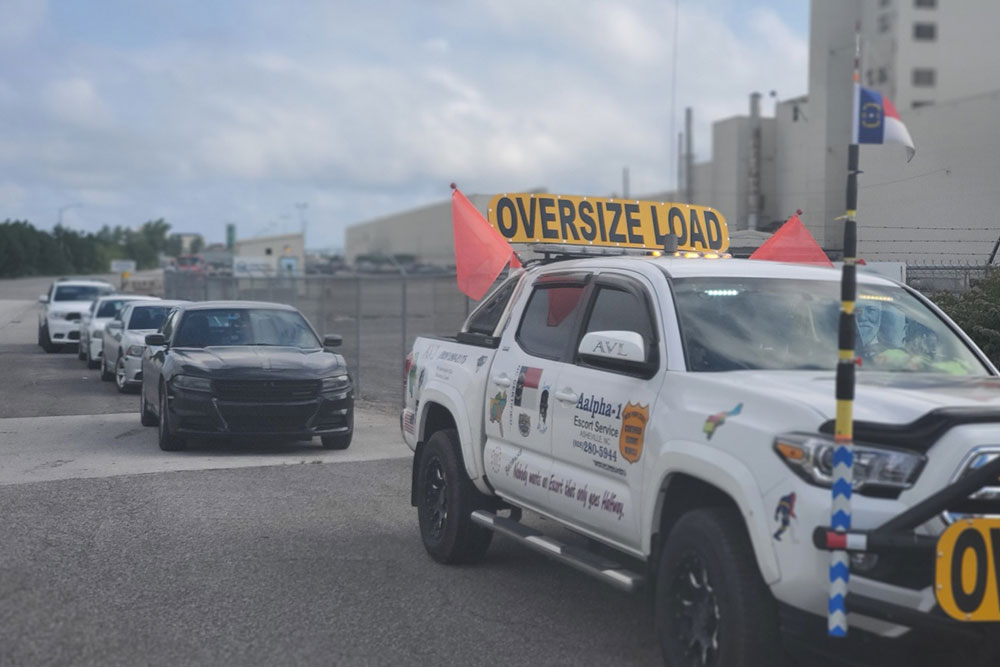As we enter the month of October, pilot cars in the United States and Canada play a crucial role in ensuring the safe transportation of oversized loads. These loads, often beyond the standard legal limits, require careful planning and execution to navigate through the challenging road network. Route planning becomes particularly critical during this time of the year due to various factors such as changing weather conditions, road closures, and increased traffic. In this article, we will delve into the importance of route planning for pilot cars during October in the United States and Canada.
Changing Weather Conditions
October marks the transition from summer to fall, bringing with it unpredictable weather patterns. In parts of the United States and Canada, this can mean sudden temperature drops, increased precipitation, and even early snowfall. Such weather conditions can significantly impact road conditions and visibility, making it essential for pilot cars to adapt their routes accordingly. By carefully planning routes based on weather forecasts, pilot cars can ensure the safety of the oversized load, the driver, and other road users.
Road Closures and Construction
October is a peak month for road maintenance and construction projects in many regions. As a result, pilot cars must stay updated on road closures, detours, and construction zones along their planned routes. Failure to account for these factors can lead to delays, re-routing, and potential safety hazards. Effective route planning allows pilot cars to anticipate road closures and select alternative routes to avoid disruptions to the transportation process.
Increased Traffic
With schools back in session and holiday travel picking up, October sees an uptick in traffic volume on roads across the United States and Canada. For pilot cars escorting oversized loads, navigating through congested roads requires strategic route planning. By choosing off-peak travel times, avoiding high-traffic areas, and utilizing traffic monitoring tools, pilot cars can optimize their routes for efficiency and safety.
Compliance with Regulations
Route planning is not only about reaching the destination safely but also about ensuring compliance with regulations governing oversized load transportation. Pilot cars must consider factors such as bridge weight capacities, height restrictions, and curfew hours when charting out their routes. Failure to adhere to these regulations can result in fines, delays, and compromised safety. Thorough route planning helps pilot cars maintain regulatory compliance throughout the transportation process.
Technology and Route Optimization
In the digital age, pilot car companies have access to advanced technology tools that enhance route planning and optimization. GPS navigation systems, route planning software, and real-time traffic updates enable pilot cars to make informed decisions on the go. By leveraging technology, pilot cars can identify the most efficient routes, avoid traffic bottlenecks, and adapt to changing road conditions swiftly.
Final Thoughts
Route planning is a fundamental aspect of pilot car operations, especially during the challenging month of October in the United States and Canada. By considering factors such as changing weather conditions, road closures, increased traffic, compliance with regulations, and technology-driven route optimization, pilot cars can streamline their operations and ensure the safe transportation of oversized loads. As we navigate through the complexities of October, effective route planning remains a critical component in the success of pilot car services across North America.

